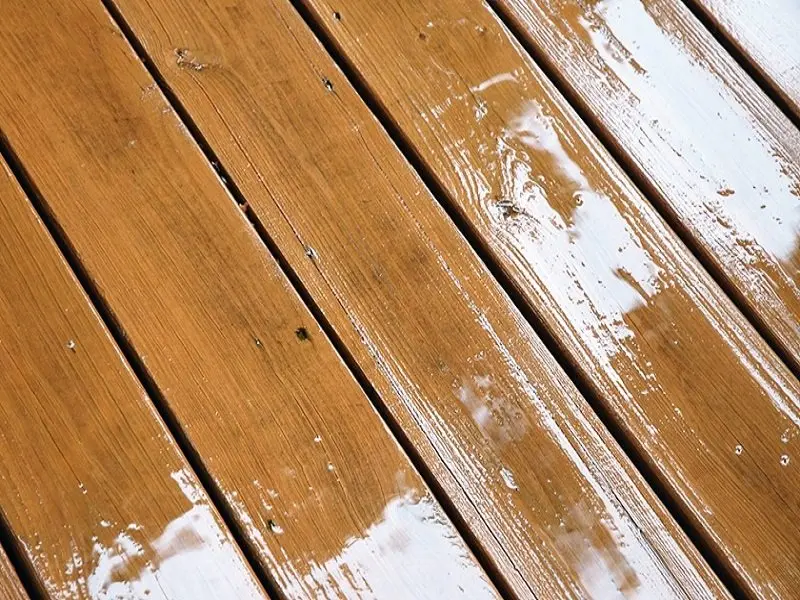
Wood is a natural material that differs in terms of its anatomical, physical, mechanical properties and chemical structure. It has become a part of our lives in many areas of use from human history to the present.
The first known practice in history was the preservation of wooden materials by partially carbonizing them 4000 years ago. For example, the Temple of Diana in Ephesus is made of charred wood. It was placed on poles. In Roman civilizations, especially olive oil and cedar oil were used for this purpose. It was used for. Today, the factors that cause the structure of wooden materials to deteriorate have been identified and methods have been developed against them.
1-Organisms that cause deterioration of wood material,
-Bacteria
-Mushrooms
-Insects
-Termites
-Marine pests
2-Physical and chemical decomposition (interaction with fire and chemicals)
All impregnation materials to be used for protection methods against the above-mentioned pests must have a reducing effect on the surface tension in the wooden material, penetrate deeply and penetrate the wood. It must be adhesive to the fibers.
For an effective impregnation;
a- It must have a high degree of toxicity for wood-destroying organisms.
b- Wood should remain in the material continuously and should not be washed or evaporated.
c- Preservatives should not decompose the wood or reduce its physical and mechanical properties.
d- It should not cause corrosion when used with metals.
e- The impregnation should not adversely affect the health of the employee.
In general, impregnation materials are three-fold; are collected in the main group;
1-Oil impregnation
2-Organic solvent impregnation
3-Water soluble impregnation
Impregnation methods;
1-Pressç methods not applied (dipping and brush application)
2-Pressç applied methods (vacuum)
The mentioned impregnation materials and methods vary depending on the climatic conditions of the environment where the wooden material is located, place of use and type. The most important thing for us is the impregnation methods and maintenance of the wood used in living spaces, that is, in buildings. Millions of old buildings built without taking the necessary precautions are in danger of collapse. It is possible to extend the service life of wood with the correct impregnation and method. Since the destruction of fungi and insects seen in buildings is primarily related to moisture, drying the material and preventing it from gaining moisture again is theoretically necessary for the spread of rot. Since it is difficult to provide a dry environment, especially in areas in contact with concrete and soil, it is beneficial to intensively impregnate the wood in contact with these areas. It may also be necessary to impregnate the wall at some points to prevent the fungus from spreading within the wall. Thus, it will prevent the fungus from reaching the wooden doors and windows. In old wooden buildings, after the rotting parts of the wooden material are cut out, a protector should be applied by applying or spraying methods to prevent fungal spores that may remain on solid surfaces from causing damage again.
Using organic solvents or water-soluble impregnation materials as impregnation is the best solution. In old wooden buildings, the wooden material is damaged by insects. If, the solution is It especially depends on the type of insect and wood material, the degree of damage, and the architecture of the building. Nowadays, poisonous gases are preferably used to protect historical buildings. Result; As a matter of fact, today, in new buildings where wooden materials will be used, it is necessary to lower the wood to sufficient humidity for the environment and then subject it to preliminary protection with impregnation materials. These measures will enable us to live for many years in a more sterile environment with wooden materials.
